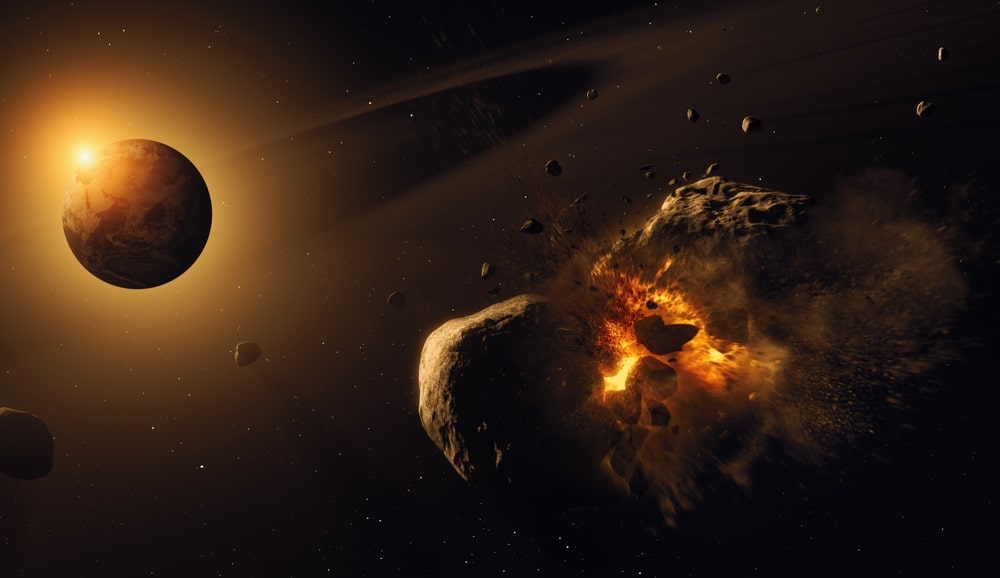Fresh off its historic mission to collect samples from an asteroid in deep space, NASA’s OSIRIS-REx spacecraft has its newest assignment: studying another asteroid during its close encounter with Earth.
OSIRIS-REx ended its seven-year, 4 billion-mile round-trip journey to collect samples from the space rock Bennu in September. But instead of shutting down the craft, the team proposed sending it on a second mission to the asteroid Apophis, expected to pass closer to Earth in 2029 than any other similarly-sized asteroid in recorded history.
They’re renaming the spacecraft OSIRIS-APEX (Origins, Spectral Interpretation, Resource Identification, and Security – Apophis Explorer).
Asteroids of that size pass Earth this closely only once every 7,500 years, according to scientific estimates. Scientists originally said there was about a 3% chance the asteroid would collide with Earth, but over the years they realized there would be no collision in 2029, nor during Apophis’ return trip in 2036.
The near brush with Earth will alter the asteroid’s orbit and the length of its day — normally 30.6 hours. It could also produce quakes and landslides on Apophis, which could then expose material that lies beneath the asteroid’s surface.
“OSIRIS-APEX will study Apophis immediately after such a pass, allowing us to see how its surface changes by interacting with Earth’s gravity,” Amy Simon, the mission’s project scientist, said in the NASA press release.
OSIRIS-APEX’s cameras will start taking pictures of the asteroid about two weeks before it passes Earth. It will then arrive at Apophis on April 13, 2029, and stay with it for the next year and a half studying any changes caused by the close encounter.
But unlike its trip to Bennu, OSIRIS-APEX won’t make contact with Apophis. Instead, the spacecraft will drop within 16 feet of the asteroid’s surface and fire its thrusters to stir up rocks and dust, offering scientists a glimpse of what lies beneath.








